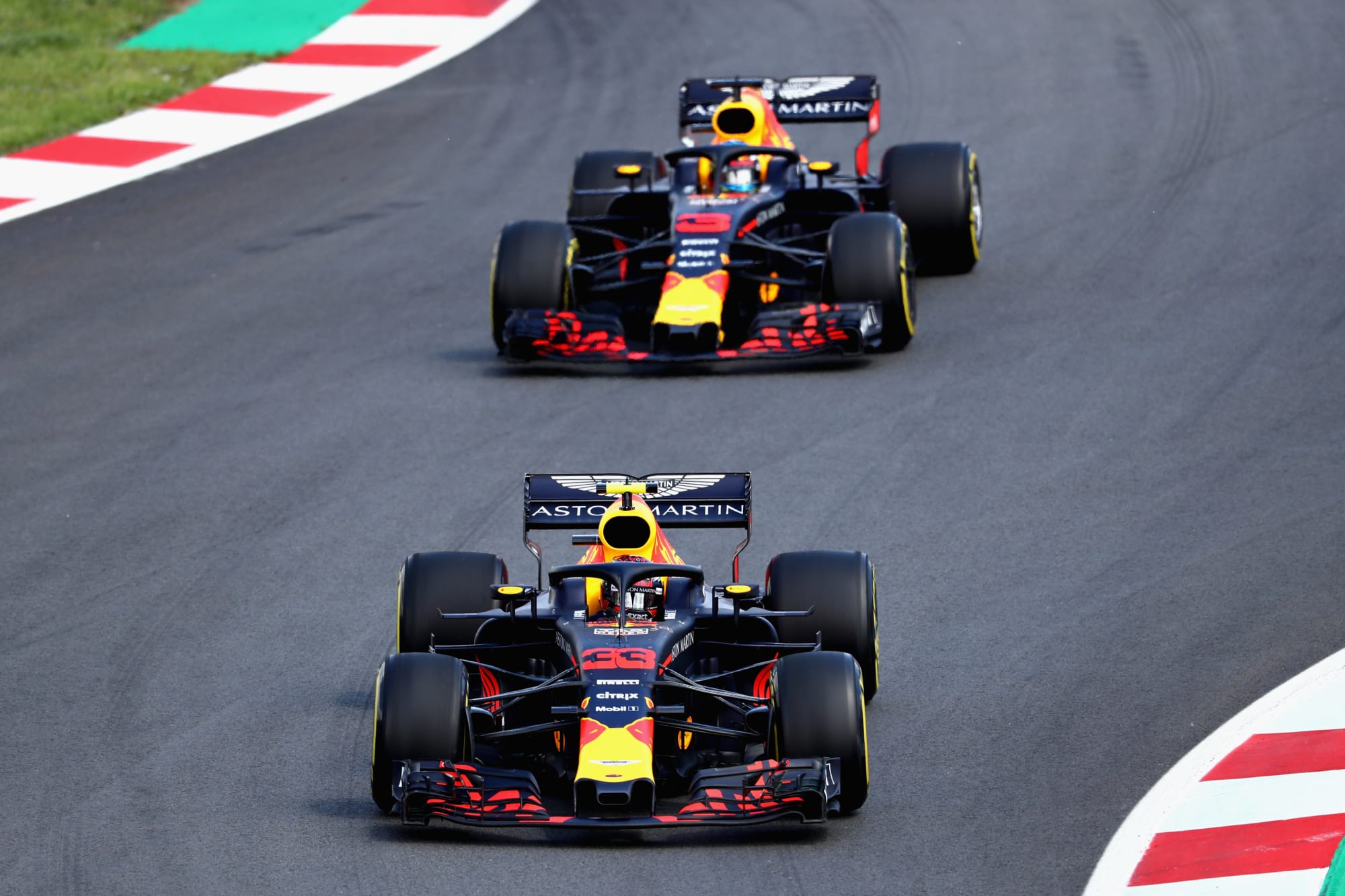In the current world of innovation and technology, we have witnessed a sheer increase in the popularity of incorporating technology into automobiles. From self-driving cars to efficient electric vehicles, humans have once again made their ideas into a reality.
In the field of cars, one of the most popular sports is Formula 1, or F1 for short. F1 is special for one important reason. In F1 racing, the team can build their car frame, considering the aerodynamics and several other factors. This makes F1 interesting because the winner will be decided not only by how the racer races the car but also by how the team builds the car.
Building an F1 car can take several months, even years, and over 100 million dollars in expenses. Behind the scenes are several aerodynamic engineers, builders, constructors, mechanical engineers, and many other people who make the car come to life.
Since F1 cars are made by and fine-tuned by the companies themselves, they can adapt to the driver’s preferences, give an inch of a second advantage to the driver, and several other factors. F1 is a team sport, combining the work of both the driver as well as the team behind building the car.
Each team participates in 2 competitions each year – The Driver’s Championship and The Construcutor’s Championship. Several F1 competitions occur all over the world, known as the ‘Grand Prix’. Drivers can earn points throughout the season on their race finishes. The driver with the most points at the end of the season wins The Driver’s Championship.
A battle between different F1 teams to accumulate the most points throughout the season is awarded to both drivers in each team based on their race finishes, and the team with the most points at the end of the season wins the constructors’ championship.
To readers who have made it so far, it is quite evident that most of the work in F1 racing happens behind the scenes. Let us know how an F1 car actually works, what happens on the track, and how an F1 race works.
The frame of an F1 car is designed in such a way that it creates ample downforce. Let us picture it as a plane, toppled upside down. An airplane channels the higher-pressure air through the turbines, while low-pressure air passes over the wing. This gives it an upforce which lifts the airplane off the ground. The same applies to an F1 car, but it’s the opposite. Higher-pressure air moves upwards, while low-pressure air goes underneath the car. This gives it a downforce to keep the car under control in turns and driving.
What happens on the track? Two drivers from each team participate in each race. There are in total, three days for each Grand Prix. The first day, known as the practice sessions, allows the drivers to get familiar with the track and fine-tune their car setups for the upcoming race days. Practice sessions are important to help the driver understand the track and the car, and work out a way on how he intends to drive it.
The next day is known as the Qualifying day. A timed session takes place, which decides the position of the racers on the race day. The driver with the fastest lap time starts first in the race, and subsequent racers take their respective places.
The last and most important day is Race Day. Twenty different drivers compete to win the race on a specific number of laps around a race track. The team and the driver both play an important part in the race. The team analyzes different aspects like speed, drag, and creates strategies along the way. This gives the driver an edge over other drivers to find a way to win. An F1 race usually lasts about two hours, with intense driving, overtakes and so much more.
Indeed, F1 is no easy task. Trying to push the brakes of an F1 car feels like trying to push an elephant using just one leg. Moreover, F1 drivers face a total of 6G’s while driving, especially in turns, which can knock out a person for hours. F1 drivers experience more G’s than astronauts who are sent off to space. G-force is a way to describe how heavy you feel when something moves you quickly. One G is the normal weight you feel standing on the ground. If you’re in a fast car or roller coaster, you might feel heavier because of G-forces pushing on you. A G-force is the weight of the gravity you experience. When moving in a fast vehicle, the experience of the amount of gravity increases, making you feel the pressure of a few G’s.
One might wonder, what’s the point of having a race in which millions of dollars are being poured in? It all comes down to technology advancements. Traveling at speeds of 360 kilometers per hour is no easy task. An F1 car is technically a normal car but fine-tuned and made better to travel faster. Several aspects of an F1 car can soon be adapted in most common cars, making it more efficient. The limitations on the influence of F1 cars on normal cars are indeed endless.

)
)
)
)
)
)
)
)
)
)